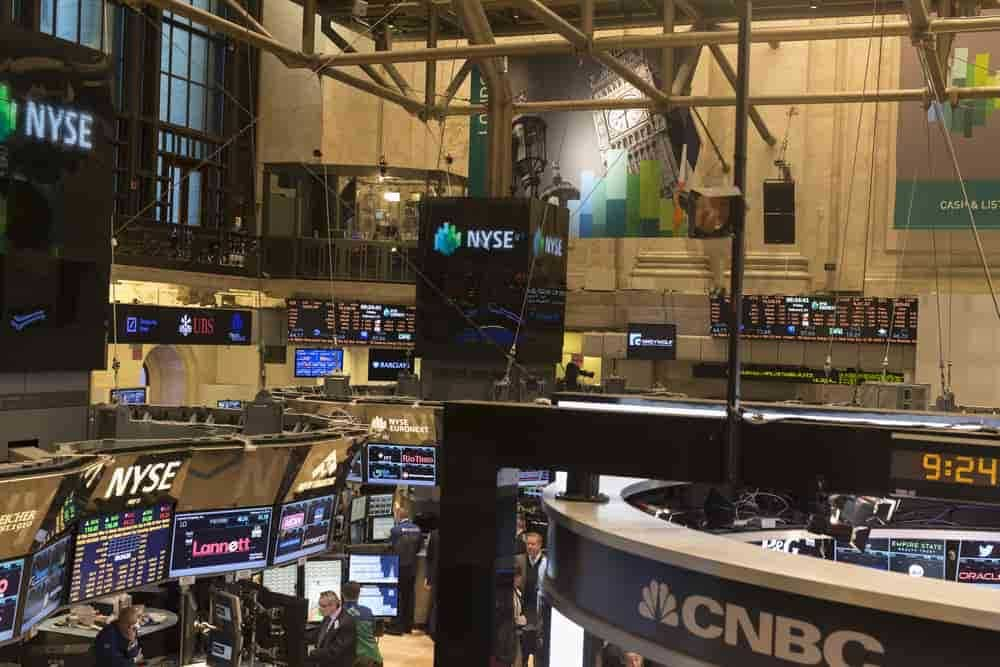More businesses and organizations continue to explore virtual reality, with the world’s largest stock exchange the most recent to embrace the metaverse.
Indeed, the New York Stock Exchange (NYSE) has filed a new trademark application to register the term “NYSE” for several crypto and financial products and services, including downloadable virtual goods, non-fungible tokens (NFTs), and more.
In a tweet on February 15, trademark attorney Michael Kondoudis revealed that the NYSE had filed an application on February 10 and that the stock exchange is coming to the metaverse, he wrote:
Picks for you
“A new application filed on the 10th says that NYSE has plans to trademark NYSE for NFTs, cryptocurrencies, digital collectibles, and marketplaces to trade and exchange them.”
Mr. Kondoudis added:
“This filing is the latest confirmation that the Metaverse is real and businesses need to plan accordingly. Businesses no longer need to wonder if it is going to happen. It is just a matter of when <…> The NYSE is clearing taking a proactive, forward-thinking approach to ensure that it is the leading financial exchange in the Metaverse.”
Applications for trademarks in the metaverse on the rise
Notably, applications for trademarks in the metaverse have increased in the last few weeks; on February 13, Finbold reported American fashion and lingerie brand Victoria’s Secret had filed four applications for digital collectibles and media developed using blockchain technology, as well as online clothes and media for usage in virtual worlds.
Also, so far this month, fast-food giant McDonald’s (NYSE: MCD) filed twelve trademarks on February 4 with references to virtual restaurants, symbols, cafés, and other virtual services.
The metaverse is a concept that initially gained popularity among tech firms to refer to an online virtual environment centered on social interaction.
Nevertheless, as Kondoudis pointed out, firms outside of tech are increasingly making preparations for the transition to a virtual market by implementing a proactive, forward-thinking strategy and laying the framework for such a transformation.





